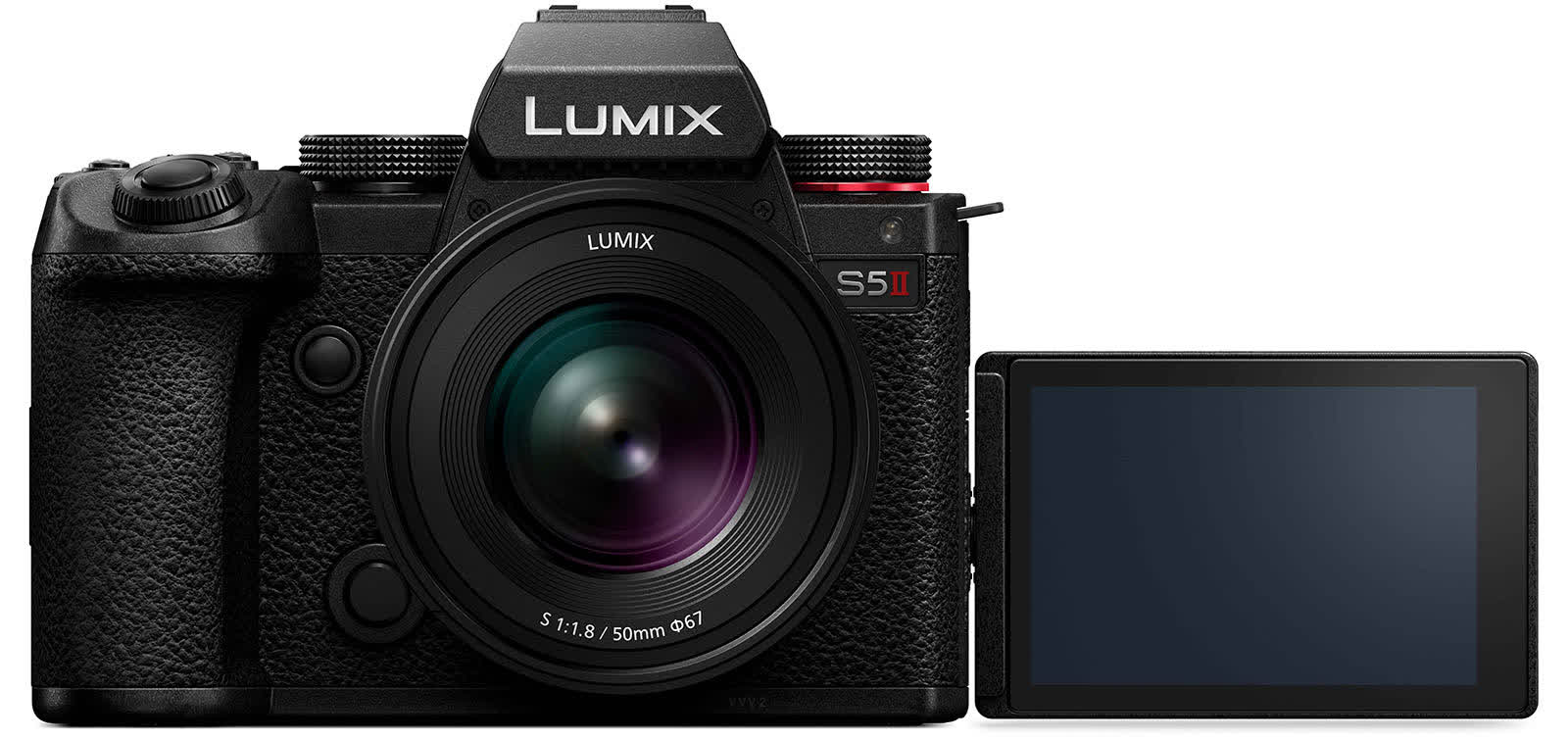In brief: Panasonic's new Lumix S5II and S5IIX look like modest upgrades over the S5 for the most part. However, they include important new features for handling motion, video capture, and various lighting situations. The S5II is due out this month and the S5IIX arrives in May.
Panasonic unveiled two successors to its Lumix S5 Mirrorless camera at CES this week. The S5II and S5IIX introduce phase detection autofocus (PDAF) and a new imaging engine to improve video functionality.
The new PDAF function should help the cameras better track moving subjects in various lighting setups, even when multiple objects in the frame are moving. The S5II and S5IIX accomplish this with a 779 AF-point phase hybrid autofocus system.
A new imaging engine gives the new Lumix models more video recording options. These include 4:2:0 10-bit 6K (3:2), 5.9K (16:9), 4:2:2 10-bit C4K/4K, C4K/4K at 48fps, and 1080p at 120fps. The slow & quick motion modes include C4K/4K at 48fps and 1080p at between 1 and 180fps.
As professional cameras have gotten more powerful, overheating has become a concern which can limit continuous video recording time. The Lumix S5II and S5IIX counter this with a new cooling system that includes a fan and heatsink. Improved heat dispersion allows unlimited recording time in the cameras' 4K 60fps mode.
The new models also increase burst shooting frame rates to 9fps AFS mechanical, 7fps AFC, and 30fps electronic. In addition to the Lumix S5's automatic dual native ISO, the S5II and S5IIX add manual low and high modes to give users more control over lighting adjustment. Furthermore, the electric viewfinder's display resolution has been increased to 3,680k with a 1.52x / 0.76x magnification ratio.
The Lumix S5II is set to launch by the end of January for $2,000. Then the Lumix S5IIX will come in May for an additional $200 and will include additional video recording and connectivity functions. These include raw video output, All-Intra compression, 800 Mb/s recording to an SSD, and livestreaming over wired and wireless internet.
A firmware update will add raw data output, live view composite, and more features to the S5II, while the S5IIX will come with the updated firmware pre-installed.

